Commissioning a yacht sign is a defining moment in any new build, refit, or rebranding project. The sign isn’t just decorative – it’s a statement of identity, quality and pride. But despite the high stakes, many yacht owners, crew and project managers face the same avoidable issues during the process.
At Lumenautica, we’ve seen first-hand how early decisions can impact timelines, budgets and long-term satisfaction. Here are the five most common mistakes made when commissioning a custom yacht sign – and how to avoid them.
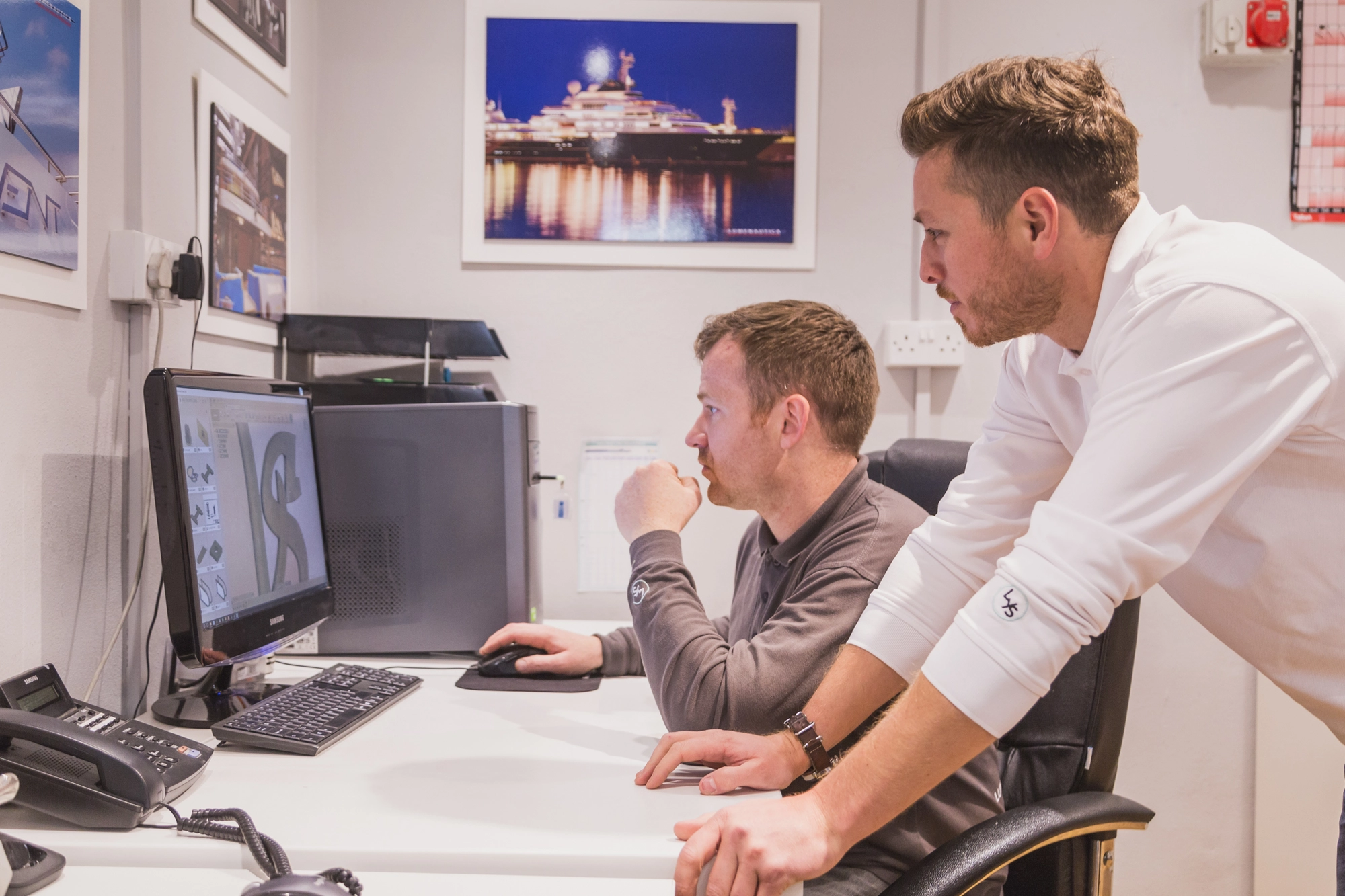
1. Choosing a Supplier Without Understanding Their Process
Mistake: Selecting a sign supplier based solely on price or a glossy website, without understanding their technical process, lead times, or installation capabilities.
Solution: Ask questions. Reputable yacht sign specialists will be transparent about their materials, design process, production methods and who physically installs the sign if not yourself. For projects involving illuminated yacht signs, look for experience with LED and fibre optics, IP-rated assemblies
marine-grade materials and paint systems. Don’t underestimate the value of in-house production control and end-to-end project management.
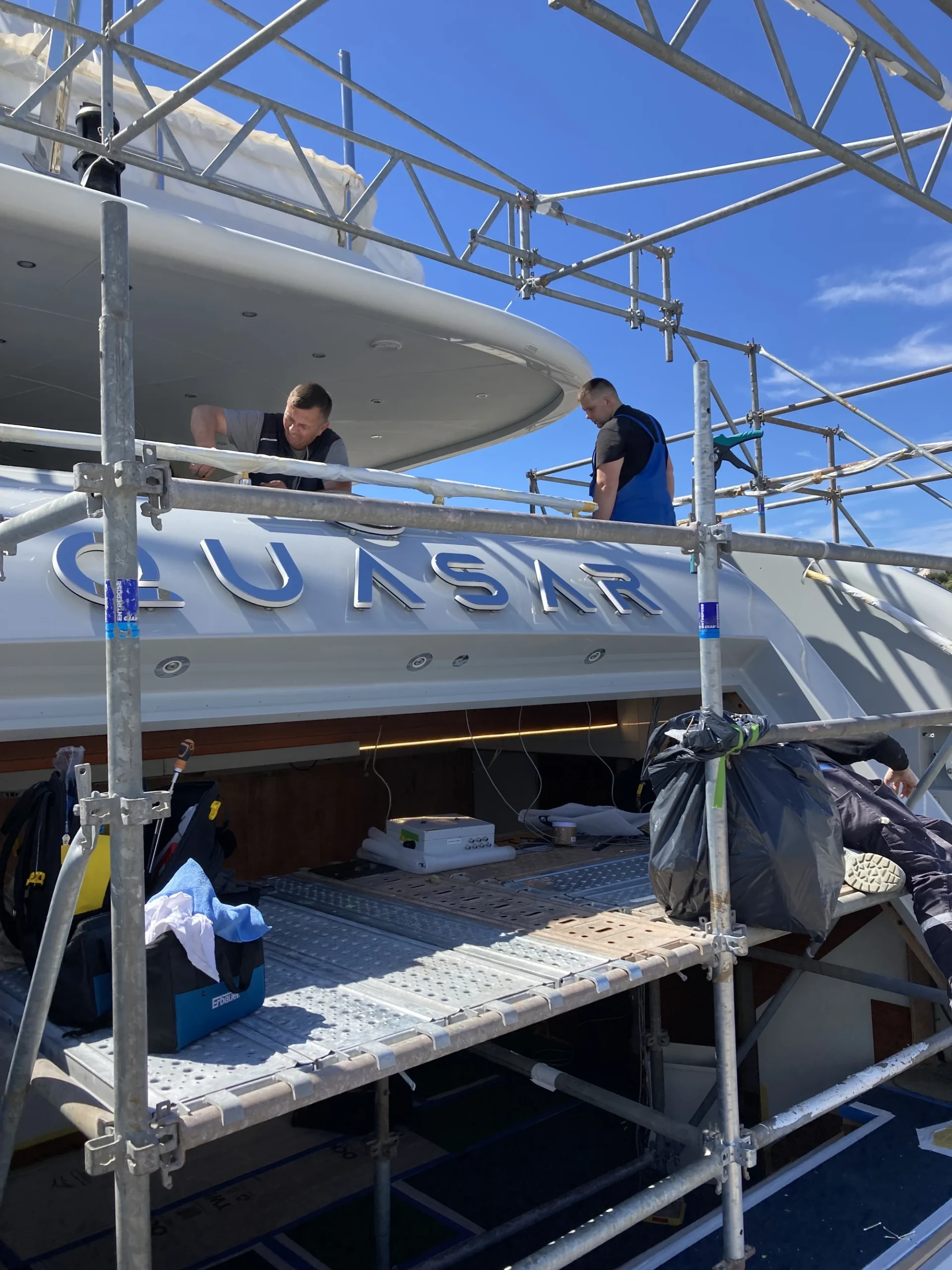
2. Leaving Signage Too Late in the Build Schedule
Mistake: Underestimating the level of due diligence required and leaving the commissioning of the sign at the last minute, often when the yacht is weeks from launch or already in the water.
Solution: Yacht signage should be considered early in the project timeline – ideally during exterior outfitting and while the scaffolding is still in place. Waiting too long often limits your options, as suppliers may not have time to produce complex lighting systems or bespoke nameplates to fit curved or restricted mounting surfaces. Short lead times also increase the risk of rushed installation or shipping delays.
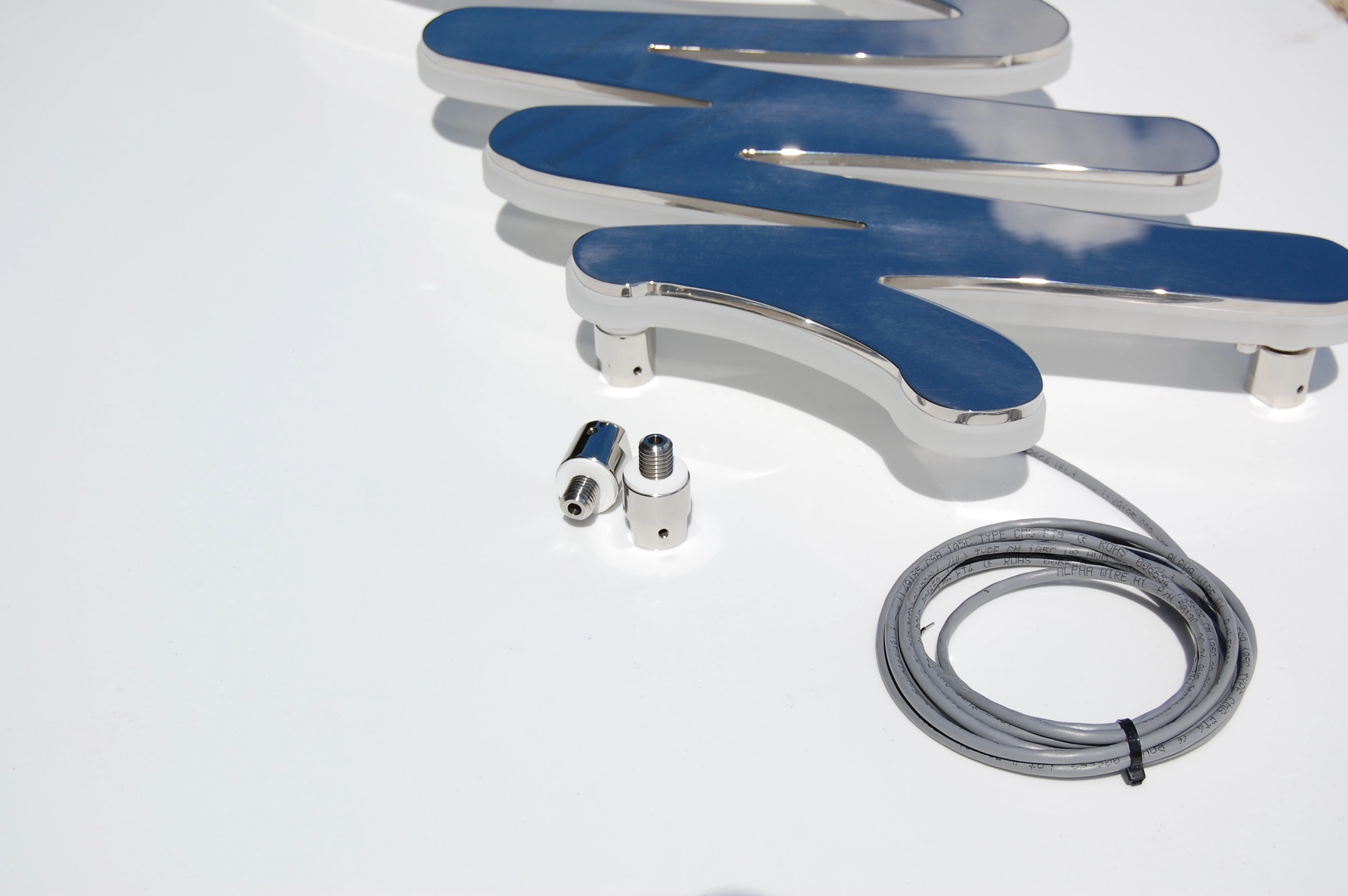
3. Overlooking Technical Details in the Quotation Stage
Mistake: Failing to review technical details such as mounting methods, superstructure material and construction, cable exit points, control gear locations or onboard voltage compatibility.
Solution: When comparing quotations, don’t focus on the visuals alone. Technical specifications matter. Ensure the sign’s lighting is dimmable and colour-matched, that voltage requirements are compatible with the yacht’s systems and that fixing locations are suited to the structure. A good proposal should outline all this, plus cable run expectations and whether a local or factory installation is planned.
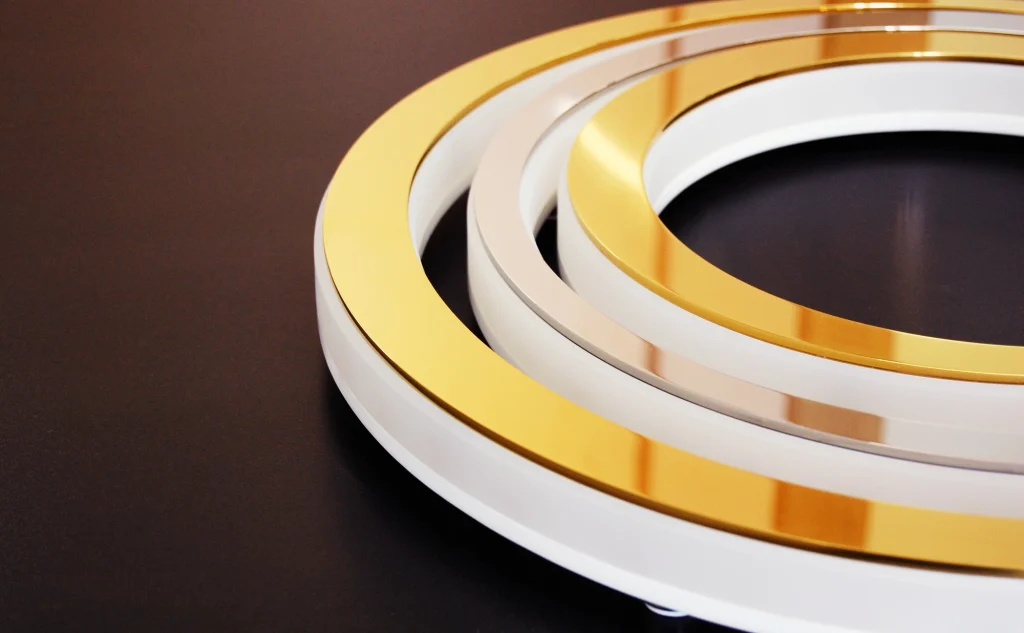
4. Assuming All Illuminated Signs Perform the Same
Mistake: Believing all illuminated yacht signs are equally bright, durable or weather-resistant.
Solution: Materials and build quality vary significantly. Marine-grade materials, LED binning, sealing methods, painted and polish finishes all impact how a sign will perform, especially in saltwater environments and warmer climates. A cheaper sign may look the part initially but could degrade quickly. Look for signs with corrosion-resistant materials, UV resistance and IP67+ ratings.
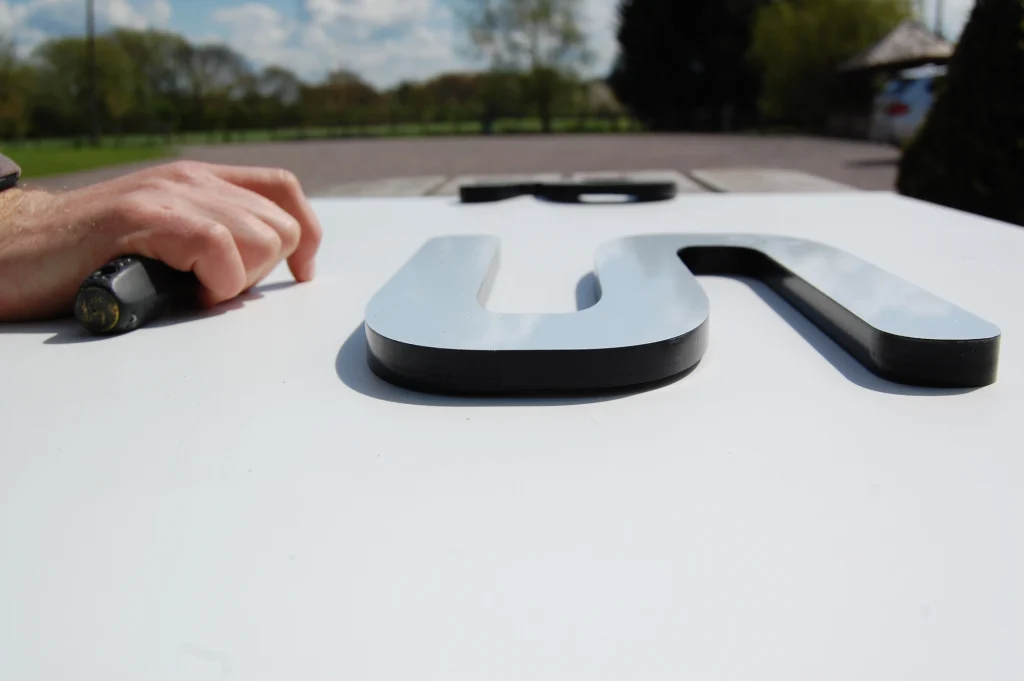
5. Not Future Proofing the Design
Mistake: Commissioning a sign that can’t be easily removed, updated or serviced in the future.
Solution: Yacht ownership changes. Rebranding happens. Ensure your sign design allows for cable access, non-invasive removal and component servicing. Lumenautica designs all signage with future serviceability and yacht respray in mind, from access panels to modular lighting, because nobody wants to dismantle a transom just to replace an LED.
Final Thoughts
Commissioning a yacht sign should be a smooth, satisfying part of your project, not a stressful afterthought. Avoiding these common mistakes will not only protect your investment but ensure the final result reflects the quality and individuality of your vessel.
If you’ve already received a proposal from Lumenautica, rest assured—every sign we build is handcrafted in the UK with meticulous attention to detail and carefully chosen materials. This craftsmanship is backed by years of experience supporting new builds and refits for shipyards, captains, owners and brokers across Europe, Florida and beyond. Many return to us time and again, trusting our team to deliver quality signs and service that stand up to real-world demands.
Still have questions? Our team is happy to walk you through the finer points of your quotation or installation plan. Reach out today.

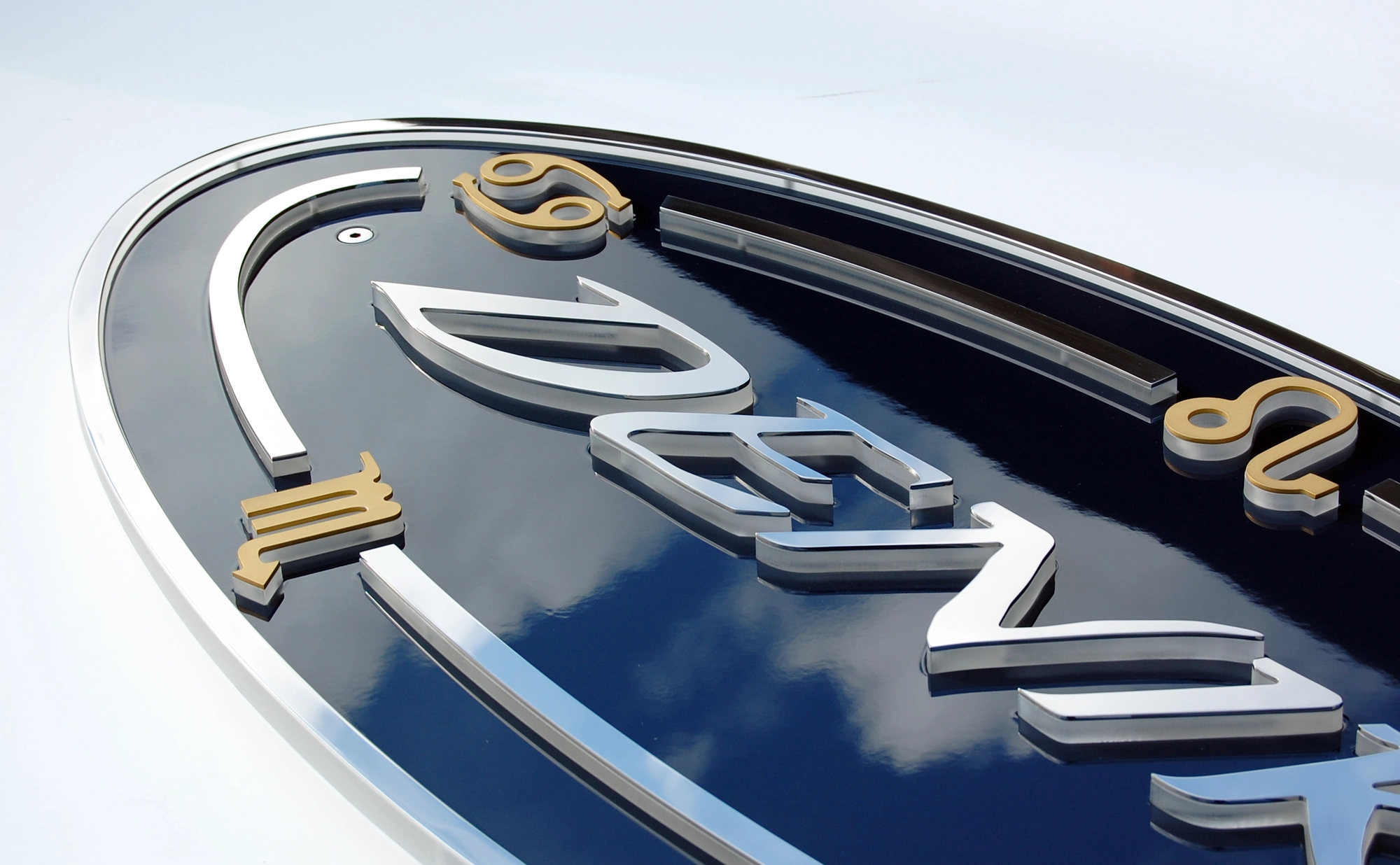
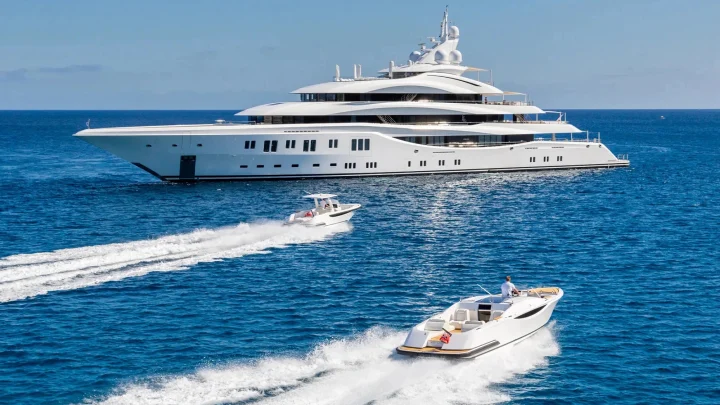


Comments are closed.